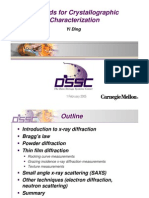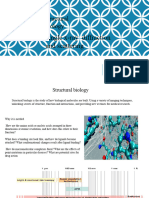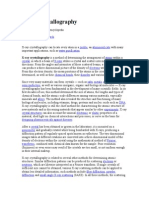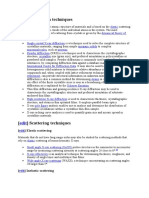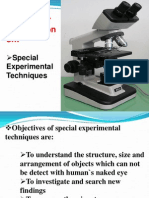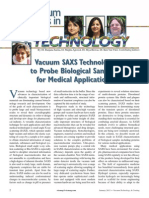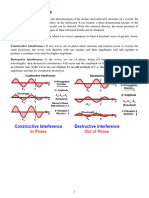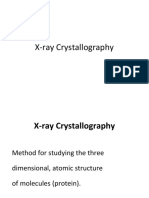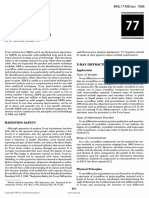0% found this document useful (0 votes)
26 views12 pagesModule IV Mod - Part A
The document discusses various characterization techniques for nanomaterials, focusing on X-ray diffraction (XRD) and small angle X-ray scattering (SAXS). XRD is used to analyze crystal structures and defects, while SAXS provides information about the size and shape of nanostructures. Additionally, it covers electron microscopy and energy-dispersive X-ray spectroscopy (EDS) for detailed material analysis.
Uploaded by
PregathiCopyright
© © All Rights Reserved
We take content rights seriously. If you suspect this is your content, claim it here.
Available Formats
Download as PDF, TXT or read online on Scribd
0% found this document useful (0 votes)
26 views12 pagesModule IV Mod - Part A
The document discusses various characterization techniques for nanomaterials, focusing on X-ray diffraction (XRD) and small angle X-ray scattering (SAXS). XRD is used to analyze crystal structures and defects, while SAXS provides information about the size and shape of nanostructures. Additionally, it covers electron microscopy and energy-dispersive X-ray spectroscopy (EDS) for detailed material analysis.
Uploaded by
PregathiCopyright
© © All Rights Reserved
We take content rights seriously. If you suspect this is your content, claim it here.
Available Formats
Download as PDF, TXT or read online on Scribd
/ 12







